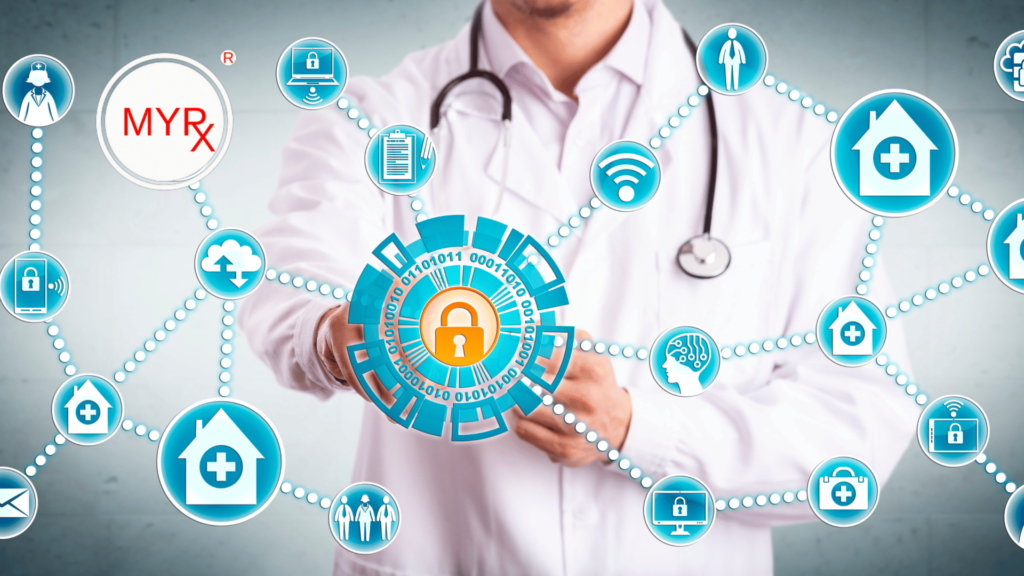As healthcare continues its digital transformation, real-time monitoring tools are becoming essential to preventive care. From wearable sensors to continuous biometric tracking, these technologies offer the potential for earlier interventions, improved patient adherence, and enhanced outcomes. However, these advancements also bring forth a fundamental ethical responsibility: safeguarding patient privacy. Joe Kiani, founder of Masimo and Willow Laboratories, recognizes that innovation must be paired with accountability, particularly when handling the most intimate aspects of health data. Developing trustworthy health technologies requires a commitment to ethical standards that respect patient autonomy and privacy.
Ensuring patient trust means going beyond compliance; it requires proactive measures to secure data, clear communication about how information is used and giving individuals control over their health insights. As digital tools become more deeply embedded in everyday care, ethical design and transparent practices will be essential to building systems that are both effective and respectful.
Why Real-Time Data Demands Ethical Guardrails
Real-time monitoring means data is no longer shared in snapshots during clinical visits. It flows continuously, capturing heart rates, glucose levels, sleep patterns or mood indicators minute by minute. That constant stream offers great potential for timely care but also creates persistent exposure.
Without clear boundaries, this information can be misused, misunderstood or overinterpreted. Ethical frameworks must ensure that continuous access doesn’t erode autonomy. The accumulation of granular data can unintentionally create a surveillance-like environment, which may alter behavior and reduce openness with healthcare providers.
Consent is Not a Checkbox
Too often, consent is buried in long forms or accepted with a click. But ethical monitoring requires meaningful consent, where users truly understand what they’re sharing, when and with whom. That includes:
- Explaining what’s being collected in clear language
- Allowing users to pause, limit or stop tracking
- Giving users control over how long their data is stored
Real-time data collection should feel like a choice, not an obligation. A system built on assumed consent risks undermining the very trust it seeks to build. Periodic consent reaffirmation can ensure that users remain informed as tools develop.
Transparency Builds Trust
Users have a right to know what happens to their data. That means going beyond privacy policies to proactive transparency:
- Real-time dashboards showing what’s being tracked
- Alerts when others access data
- Updates on how data insights are being used in care decisions
Transparency isn’t just a compliance requirement; it’s a key to long-term trust. Interactive user interfaces that show how data contributes to personalized care can empower patients and demystify how decisions are made.
Minimize What You Collect
The temptation with powerful sensors is to collect everything, just in case. However, ethical monitoring means collecting only what’s necessary for a defined purpose.
Data minimization reduces the risk of breaches, protects user dignity and avoids the slippery slope of surveillance. More is not always better. Institutions must be cautious of the “data hoarding” mindset that favors quantity over clarity.
Protect Against Secondary Misuse
Even with good intentions, health data can be repurposed in ways patients didn’t expect by employers, insurers or data brokers. Strong ethical design anticipates this risk. That means:
- Blocking unauthorized third-party access
- Turning off silent background collection
- Encrypting data both in transit and at rest
Design choices should reflect the worst-case scenarios, not just ideal use cases. Data governance policies should include strict rules around third-party data-sharing agreements and consequences for violations.
Design for Dignity
Continuous tracking can feel intrusive, even if the data never leaves a device. Ethical design respects emotional and informational privacy. That might mean:
- Offering “privacy modes” during sensitive times
- Avoiding notifications that feel judgmental or invasive
- Giving users control over how insights are presented
Health tools should enhance agency, not add pressure. The tone, timing and frequency of health nudges should be user-controlled, not dictated by default algorithms.
Account for Power Dynamics
Not everyone uses monitoring tools voluntarily. In some contexts, such as schools, workplaces and care facilities, monitoring can be tied to benefits or obligations.
Ethical oversight must account for these dynamics. Voluntariness should be protected, and alternative care options should remain available.
Patients should never feel coerced into sharing data in exchange for essential services. Ethical innovation includes advocating for data use policies that prioritize individual rights.
Update Ethics as Tech Develops
Monitoring tools develop quickly. A feature designed for safety might later be used for productivity tracking. A patch for accuracy might increase data granularity.
Ongoing ethical review is essential. That includes regular audits, community feedback loops and external advisory boards that reflect diverse perspectives.
Ethics isn’t a one-time exercise; it’s a continuous process. Product teams must treat ethics the same way they treat security, making them a non-negotiable aspect of every release cycle.
Engage the People Being Monitored
To ensure ethical and user-centered digital health solutions, it is essential to actively involve the people whose lives are affected by these tools. Effective monitoring and evaluation must include the voices of those being tracked, as they provide invaluable insights grounded in real-world contexts. Design decisions should not be made in isolation but rather informed by the lived experiences of actual users.
One effective approach is to engage patients and communities through co-design workshops, pilot programs and feedback surveys. These practices not only help surface potential concerns but also shape solutions that respect users’ needs and realities. Involving communities in the design process also fosters better adoption, builds user loyalty and creates a sense of shared ownership in the resulting health solutions.
Joe Kiani Masimo founder says, “It’s not just about collecting data. It’s about delivering insights that empower people to make better decisions about their health.” This empowerment is rooted in ensuring that tools address actual needs rather than imagined ones. User-centered feedback is crucial for identifying edge cases that may not emerge during conventional testing.
By incorporating community perspectives into the development process, digital health solutions can become more reliable, relevant, and respectful. This inclusive approach ultimately enhances real-world effectiveness and acceptance of new technologies.
Align With Values, Not Just Metrics
Success in health tech is often measured in engagement rates, data points collected or outcomes improved. But ethical success also includes:
- User satisfaction with privacy
- Absence of unintended harm
- Equity in adoption and benefit
These values should guide product development as much as KPIs. Companies that publish “ethics impact reports” alongside performance summaries set a new standard for transparency and accountability.
Real-time health monitoring holds enormous potential, but only if it’s grounded in trust. Respecting privacy is essential to building systems that people want to use. Monitoring is not just a technical challenge. It’s a relational one. Tools that gather data must also protect dignity, reinforce autonomy and invite collaboration.
Ethical monitoring is not only about data protection. It is about designing systems that patients trust, feel empowered by and want to use. The future of preventive care will belong to those who build tools that protect dignity while promoting better health. The standard is not just technical excellence. It is ethical leadership.

